
Dragon Age: The Veilguard Review
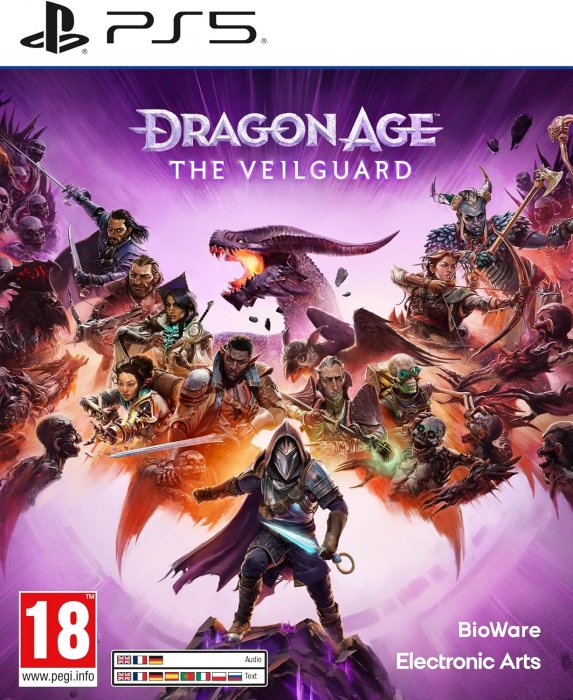
Pros
- The action-focused combat is fast, complex, and a lot of fun.
- All seven companions are fascinating characters with interesting stories of their own.
- Thedas is beautiful and varied.
- The character creator is deep and impactful.
- Important choices ensure the story is one you can really make your own.
- Lots of replayability.
Cons
- Quality mode on PlayStation 5 runs poorly.
- While well written, romancing characters is too simple.
With almost ten years having passed since Inquisition’s release, Anthem and Mass Effect Andromeda missing quality expectations in very different ways, and some iffy trailers teasing their new game, I fully understand fans’ trepidation surrounding BioWare and Dragon Age: The Veilguard’s launch. Thankfully, there’s no need for concern. The fourth Dragon Age game is BioWare’s undeniable return to its best.
A Meaningful Beginning
Picking up the Dragon Age story a decade after the events of Inquisition, The Veilguard introduces a brand new player character called Rook. You instantly dive into a wonderfully deep and narratively important character creator. Everything you’d expect is there, from jaw shape to tattoos, allowing you to create a truly unique Rook. However, it’s here that the signature story choices of BioWare games begin.
Not only do you pick between three classes – a physical attack-focused Warrior, the magic-wielding Mage, and a quick and crafty Rogue – you also get to pick your race and background, which impact The Veilguard’s story in significant ways. It changes how you interact with factions once the world of Thedas opens up, with minor characters even knowing who you are the first time you meet them (even if you don’t know who they are yourself), adding nice depth to your own background. During character creation, you even get to pick the ‘world state’ post-Inquisition, choosing your own lore considering how the story in the last game concluded for you. It must be noted that there is nothing like a Keep scenario, whereby you choose every major outcome across previous games. Instead, here you only have a few major choices from Inquisition itself, along with the option to customize your Inquisitor’s appearance.
Not only do you pick between three classes – a physical attack-focused Warrior, the magic-wielding Mage, and a quick and crafty Rogue – you also get to pick your race and background, which impact The Veilguard’s story in significant ways.
The Veilguard’s excellent narrative then kicks off. To keep it brief and avoid spoilers, Rook and a crew of local companions need to stop two elven gods from enveloping the world in blight and take back power for themselves. There’s more to that than we’d like to say, and a lot of the best moments come from how you organize your team with respect to the narrative. Relationships are important, much of your work being in developing them, which’ll be music to the ears of diehard BioWare or Dragon Age fans.
The first five hours or so are extremely linear. The start isn’t slow by any means, but it takes a little too long for The Veilguard’s strengths to show. It’s a while before side quests become available or you start to develop deep relationships with your companions, though it does make new character introductions generally more interesting. But it’s when the world opens up that the game really comes into its own.
The early quests in Dragon Age: The Veilguard are linear, but the locations themselves do a lot to slowly draw you in.
Once it does, the closest analogue to the level structure is Sony Santa Monica’s modern God of War games. Northern Thedas is split into a collection of medium-sized open areas, filled with secrets to find, bosses to beat, and quests to undertake. New areas are opened up as you progress through the story and through companion quests, which means you’re still finding new locations 30 hours into the game.
The whole experience is a little shorter than I expected. Provided you don’t struggle with combat and you mainline the story, throwing a few side quests and companions stories in as you go, it’ll be possible to finish the main story in 20 hours or so. Of course, taking your time is the way to play a Dragon Age game, but this isn’t the hundreds of hours the likes of Baldur’s Gate 3 and the very recent Metaphor Refantazio have spoilt us with in the last year or so, nor is it the very fetch quest-heavy Inquisition, but more akin to a Mass Effect 2 or 3 in length, or perhaps a Dragon Age 2 if we’re truly keeping on brand. This is a tighter-focused narrative to say the least.
Considering how impactful story choices are, how many different build options you have, and the key role companions play, Dragon Age: The Veilguard has a lot of potential for replayability. The world can be in completely different states depending on your combination of choices and the game creates a real desire to see how things can play out.
Thedas Has Never Looked More Beautiful
It’s hard to overstate how gorgeous the world is. The Veilguard’s general style won’t be to everyone’s taste, with characters having a more cartoony, pore-less look than you might expect from modern RPGs. However, they fit into the world perfectly, allowing BioWare to be a little more playful with the locations. And frankly, the developers have truly mastered the Frostbite engine and blended some excellent new technology on top to boot. You might have seen the marketing for the hair tech but it really is as good as shown. On PlayStation 5, some frame-rate drops in Dock Town’s busy market areas are the only technical problems. Just don’t play on Fidelity visuals mode - it loses all of the smoothness that makes exploration and combat a joy.
(1 of 2) Photo Mode is a welcome showcase of how beautiful the world looks
Photo Mode is a welcome showcase of how beautiful the world looks (left), And each level oozes atmosphere. (right)
You’ll return to some familiar locations from the Dragon Age series, with new places adding even more variety to Thedas. You’ll find paradise pirate towns, a misty Necropolis, a bustling market City, and more, each working completely differently when it comes to exploration. That variety makes exploring and ticking off side quests an absolute joy. Once I reached the story’s point of no return screen, I spent another 15 hours completing side quests and finding secrets, and not once did I feel overwhelmed or bored. The Veilguard does a spectacular job of pacing both the main story and the expansion of the world.
With Hans Zimmer and Lorne Balfe now involved, the score they have created does a wonderful job of accentuating emotional moments, and each location has a musical theme that perfectly matches its tone and style. Their work is excellent and stands shoulder-to-shoulder with Trevor Morris’s work for Inquisition.
The new areas of Thedas are varied and full of stunning aspects.
Head into the settings and you’ll find a load of excellent accessibility options that improve exploration too. Dragon Age: The Veilguard’s UI is one of the cleanest and most manageable of any RPG I’ve played, but by default, a small white diamond tells you where to go as you make your way to the next objective. Thankfully, you can turn it off to ensure you’re actually required to explore. Stumbling across hidden chests, puzzles woven into the landscape, and Altars that increase your maximum health is far more satisfying when it happens naturally. But for those who want an easier time focusing on story, all the options are there.
Deep Companions & Relationship Building
New to the Dragon Age series, while you’re exploring and in combat, you’ll always have two companions with you. For a lot of players, these companions and your relationships with them is the heart of a Dragon Age game. Each of the seven characters you can get close to are wonderfully realized and written, brought to life with excellent voice performances which probably won’t be surprising to fans of previous games.
Whether it be key story moments or more intimate conversations in the Lighthouse, I enjoyed every time I interacted with them. It also helps that each one is completely different from the other, not only in how they perform in combat, but in their own personalities and motivations. They all have personal struggles you need to support them through, carefully choosing how you want to grow your relationship with them. Are you a supportive friend, a strong leader, or potential romantic partner?
Each of the seven characters you can get close to are wonderfully realized and written, brought to life with excellent voice performances which probably won’t be surprising to fans of previous games.
Your relationships also drastically change how the story plays out. Characters will be cast out of the group at times, consequences of your actions will be felt long after a choice is made, and even the final moments of the game are changed by the status of your connections. If you form genuine connections with your crew, there are some emotional moments that can hit hard. There are plenty of choices to make throughout the main quests that are tough and can change how things play out in significant ways. I’d love to go into more detail about how that happens, but those moments are best left as surprises. However, you can be confident that BioWare has done a phenomenal job of writing a story that you can really make your own.
My only gripe with The Veilguard’s relationships is how romances play out. I haven’t romanced every character, I’m not that kind of person, but starting more intimate relationships is a little simple. Romance set-up scenes are cute and well written, but all you have to do is select the dialogue choice that’s represented with a heart. Do so enough times and a romantic relationship will begin eventually.
You can romance any of your seven companions, but doing so is quite simple.
I’d have loved for there to be a little more complexity to romance - a choice or effort to make beyond simply choosing who you want to be in a relationship with. This isn’t much different from past games but a bit more nuance would’ve been welcome this time around.
Exhilarating Combat for the Modern Player
Companions do also play a huge role in Dragon Age: The Veilguard’s spectacular combat. Moving more into the action realms from previous games in the series, combat is fast, complex, and tactical in wonderfully fun ways. Again, the parallels to the modern God of War games can certainly be seen in warrior combat, with you being required to take groups of enemies out with quick melee attacks, the throw of a shield, and powerful skill combinations.
Companions do also play a huge role in Dragon Age: The Veilguard’s spectacular combat. Moving more into the action realms from previous games in the series, combat is fast, complex, and tactical in wonderfully fun ways.
As you do damage with standard attacks, you attempt to fill stagger meters and power up your Ultimate ability. Then, to give you even more to think about, you can use your companions’ skills, with each character having a different elemental type to take advantage of. If you build the right party, one companion can apply a damage type, with another then detonating for huge damage. It’s here that The Veilguard’s tactical side comes into play. Companions work a lot more like Mass Effect companions in combat than Dragon Age ones, due to the way combos blend together, and especially if you stick to choosing skills in real-time. You can still pause to choose your skills though, so worry not.
The UI is very clean and you have lots of attack options in combat, while still keeping things from being too overwhelming.
There’s a lot to think about when it comes to building a powerful Rook, beyond the class you select from the start. As an example, my Warrior build is focused on Stagger and Takedowns, which you’re able to do once you fill a purple meter - think finishers in the Insomniac Spider-Man games. By equipping weapons with high Stagger, prioritizing skills that increase Stagger, and using my Area abilities that inflict Overwhelm, I’ve been able to Stagger enemies quickly and chain Takedowns, which is immensely satisfying. Stats are actually noticeable and meaningful in combat now.
Combat goes deeper than that though. I unlocked a Ring for Rook that applies Stagger to nearby enemies whenever I defeat one, I claimed a skill that heals my Rook every time I do a Takedown finisher, and combined abilities that ensured I had one available at almost all times. That combination ensured I was ripping through groups of enemies, and Dragons, at will.
Developing these builds, of which there are countless options for each class, is a lot of fun, with experimentation at the forefront. You don’t even have to worry if you get something in your build wrong as respeccing skill points is free and unlimited. You can play around with builds as much as you’d like, with every weapon also having a use and upgrading naturally as you progress.
Developing these builds, of which there are countless options for each class, is a lot of fun, with experimentation at the forefront.
Instead of finding useless duplicates of weapons and gear, a dupe will instead upgrade that weapon or item as you find them, ensuring you always have an inventory full of useful options. With an additional gear upgrade system linked to collectibles, you can really feel the impact of upgrades in combat. As a Warrior at least, there’s a palpable, almost superhero, feeling to taking out the impressively varied foes.
When the action gets busier, with mages and behemoths filling the screen as you chain abilities later in the game, the camera does struggle to keep up, getting lost in the fray at times. The overly-sensitive lock-on mechanic and the fact that both interact and jump are tied to the same button make for a few awkward moments, but that’s about as far as the complaints go.
The move to becoming more action-oriented won’t be for everyone, but The Veilguard’s combat is consistently fun, which is the most vital thing in an RPG of this nature.
That paints the perfect picture to explain how BioWare are back on red-hot form. With a wonderfully written and paced story, fascinating character dynamics, and combat that’s fun if a little different to what might be expected of the series, Dragon Age: The Veilguard is a fantastically skeptic-surprising return to Thedas.
This review is based on a pre-launch build of the game, with a code provided by the publisher.
Dragon Coming-of-Age
Dragon Age: The Veilguard is a phenomenal return to form for BioWare. The story is well-paced and the cast of characters are the trademark BioWare staple of fully-realised, but it’s in the newly action-oriented combat where things truly shine.
Gameplay:
Sound:
Graphics:
Story:
Value Rating:

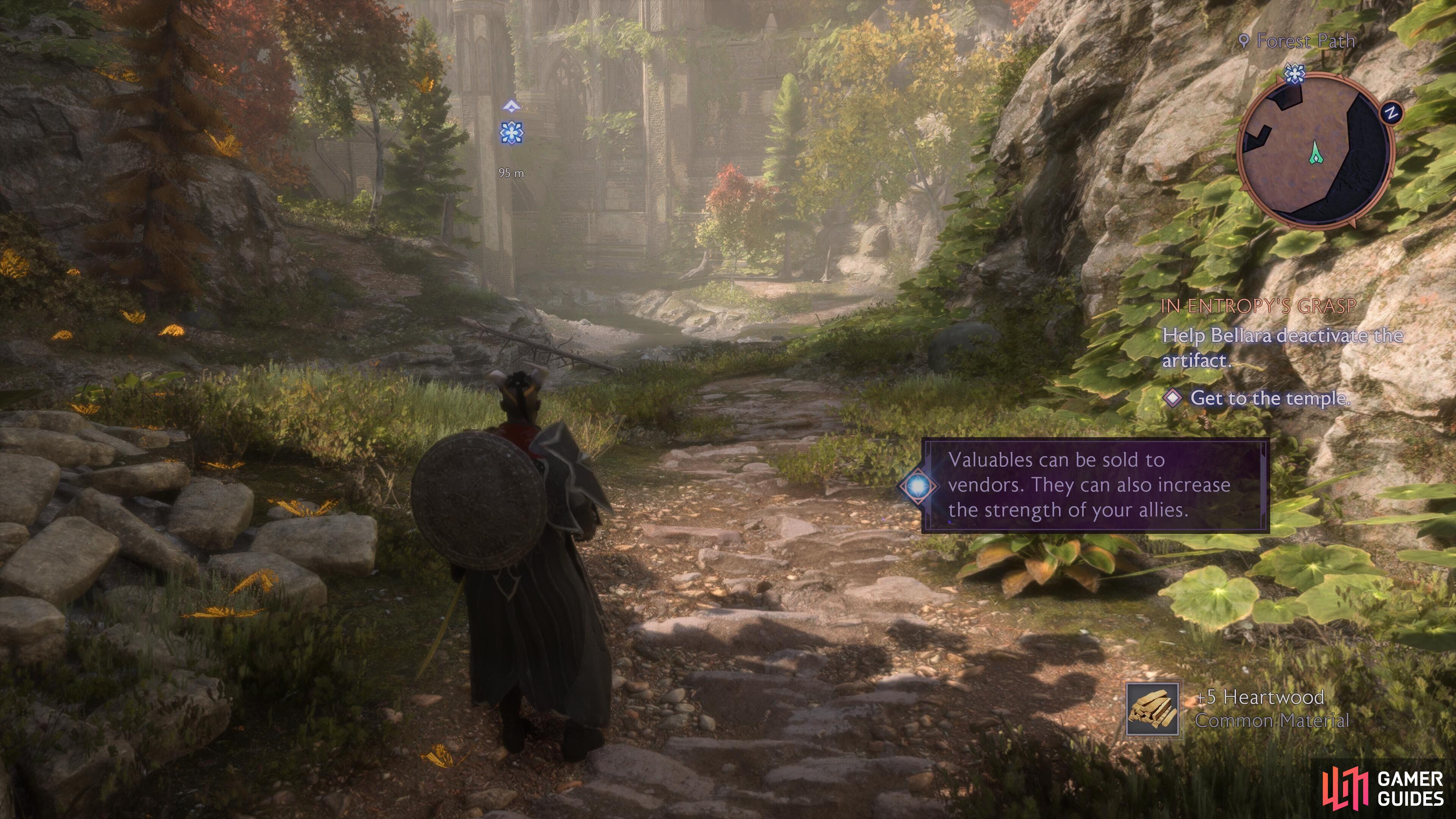
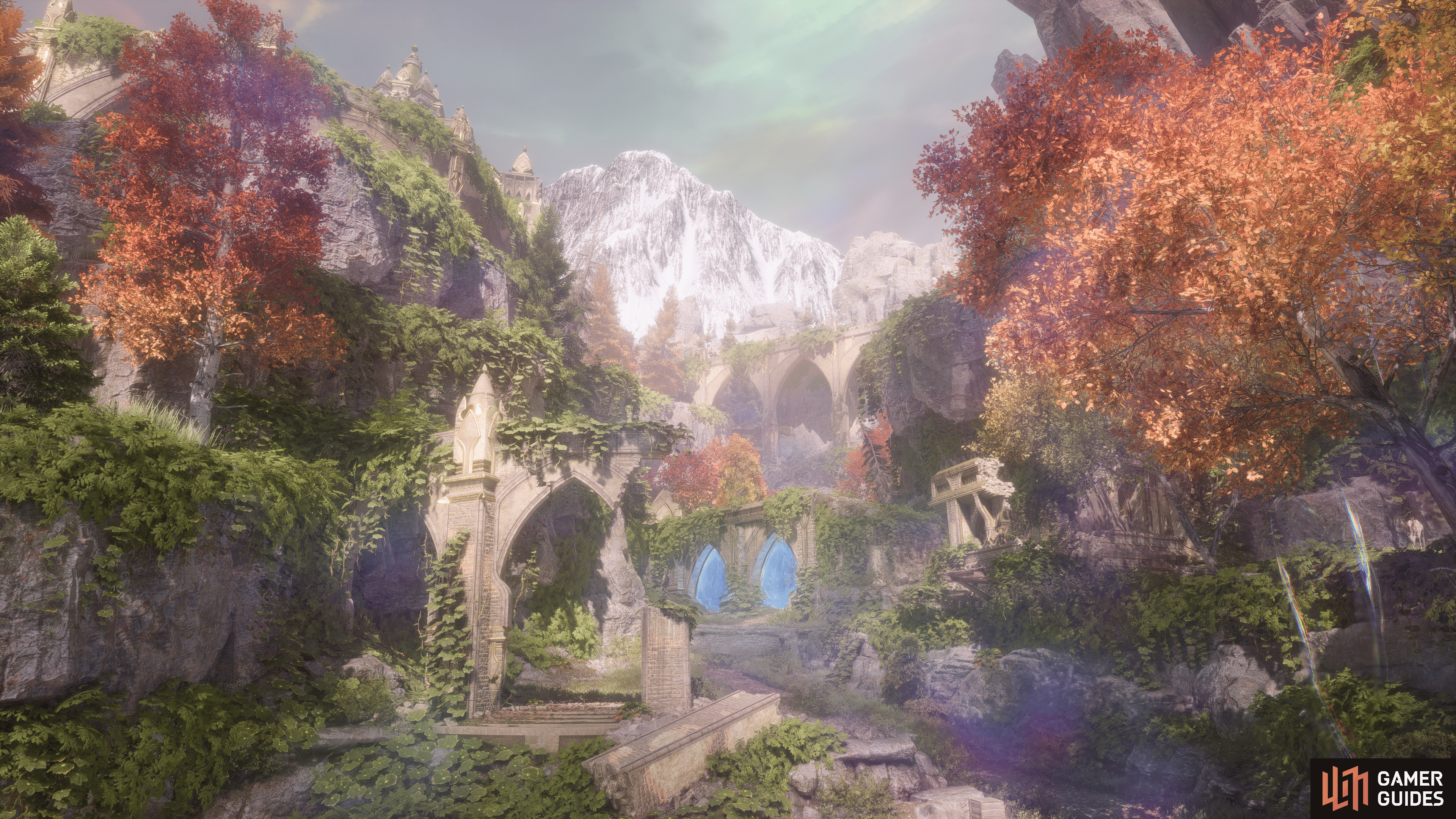

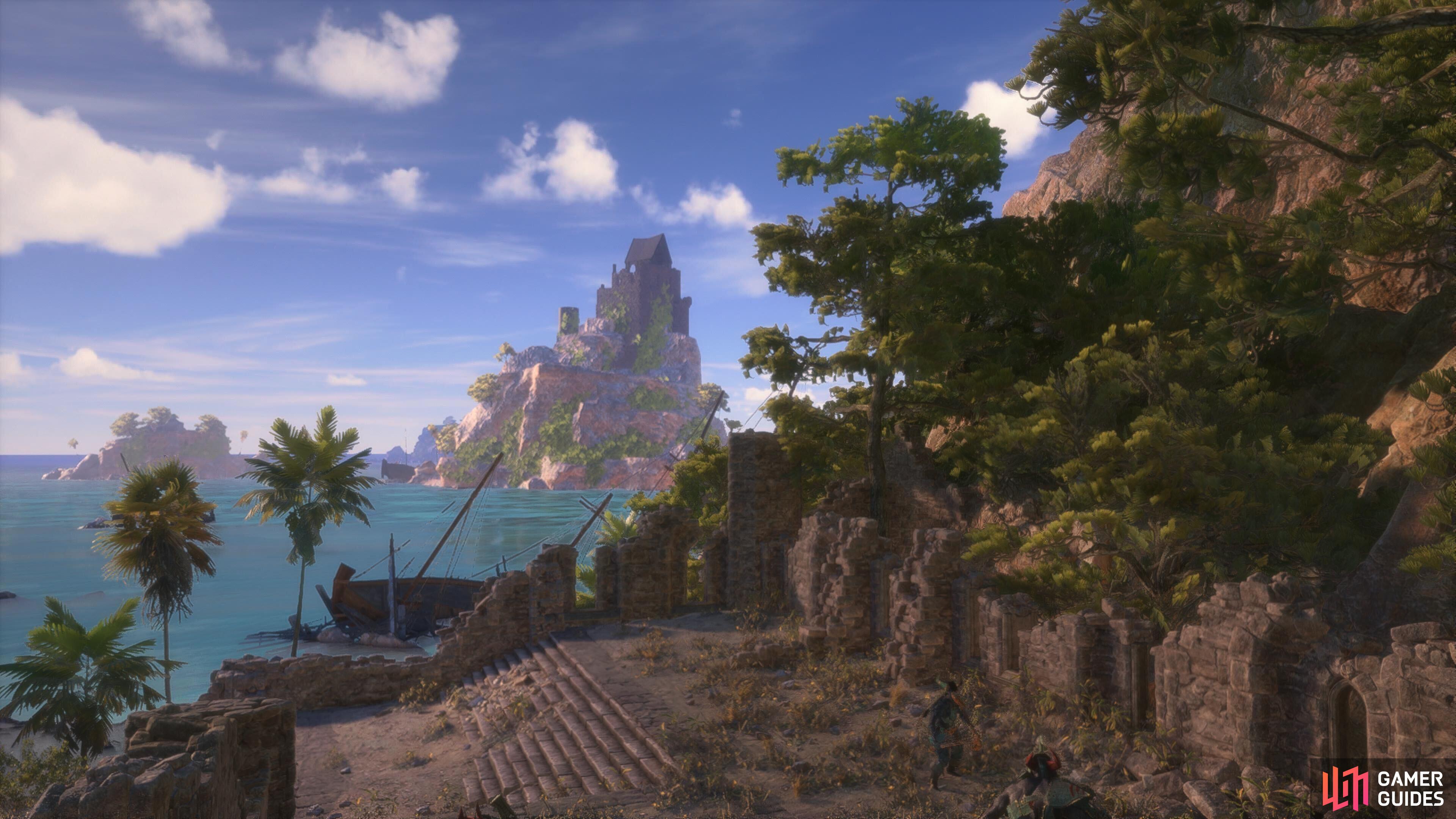
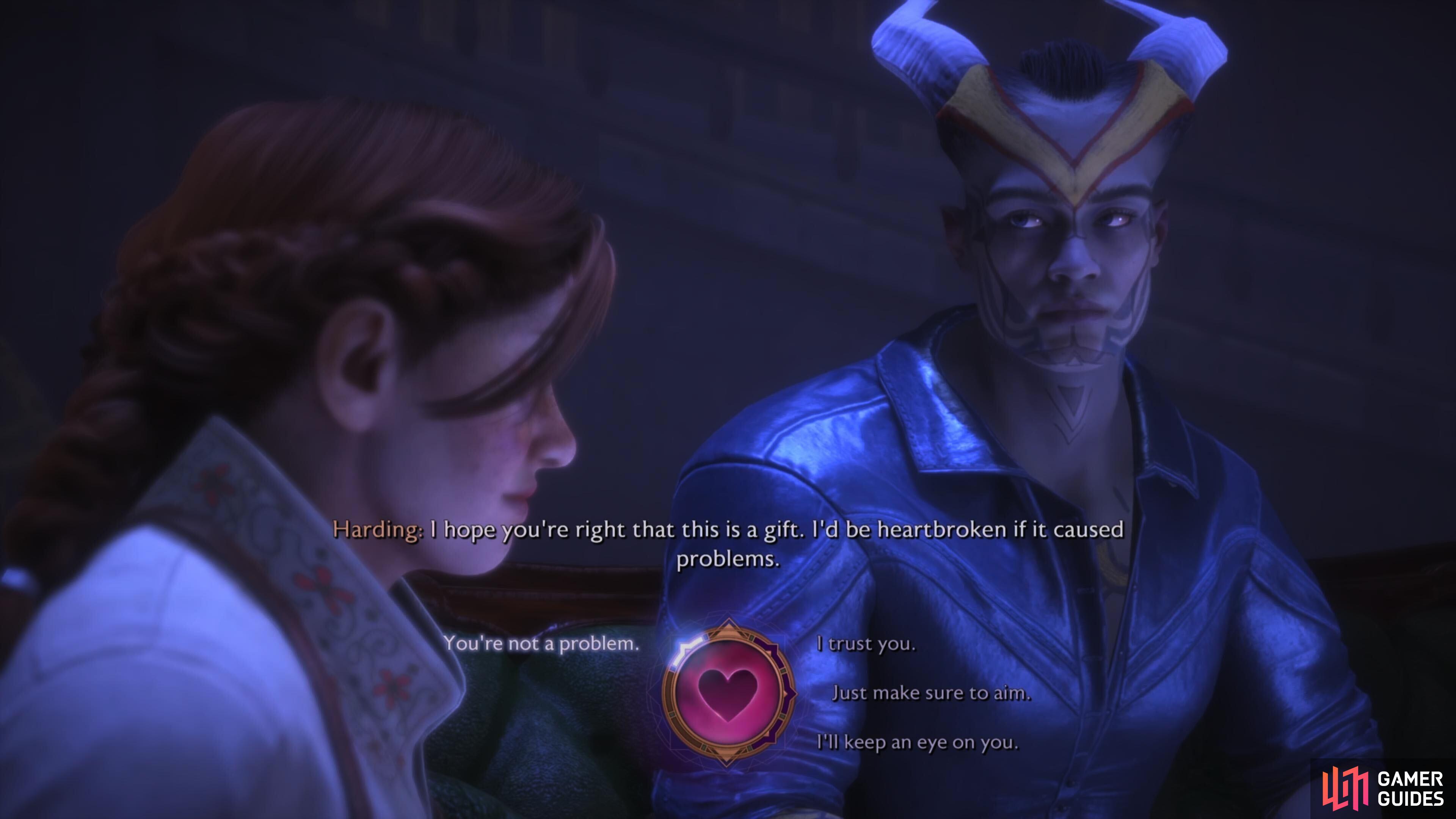
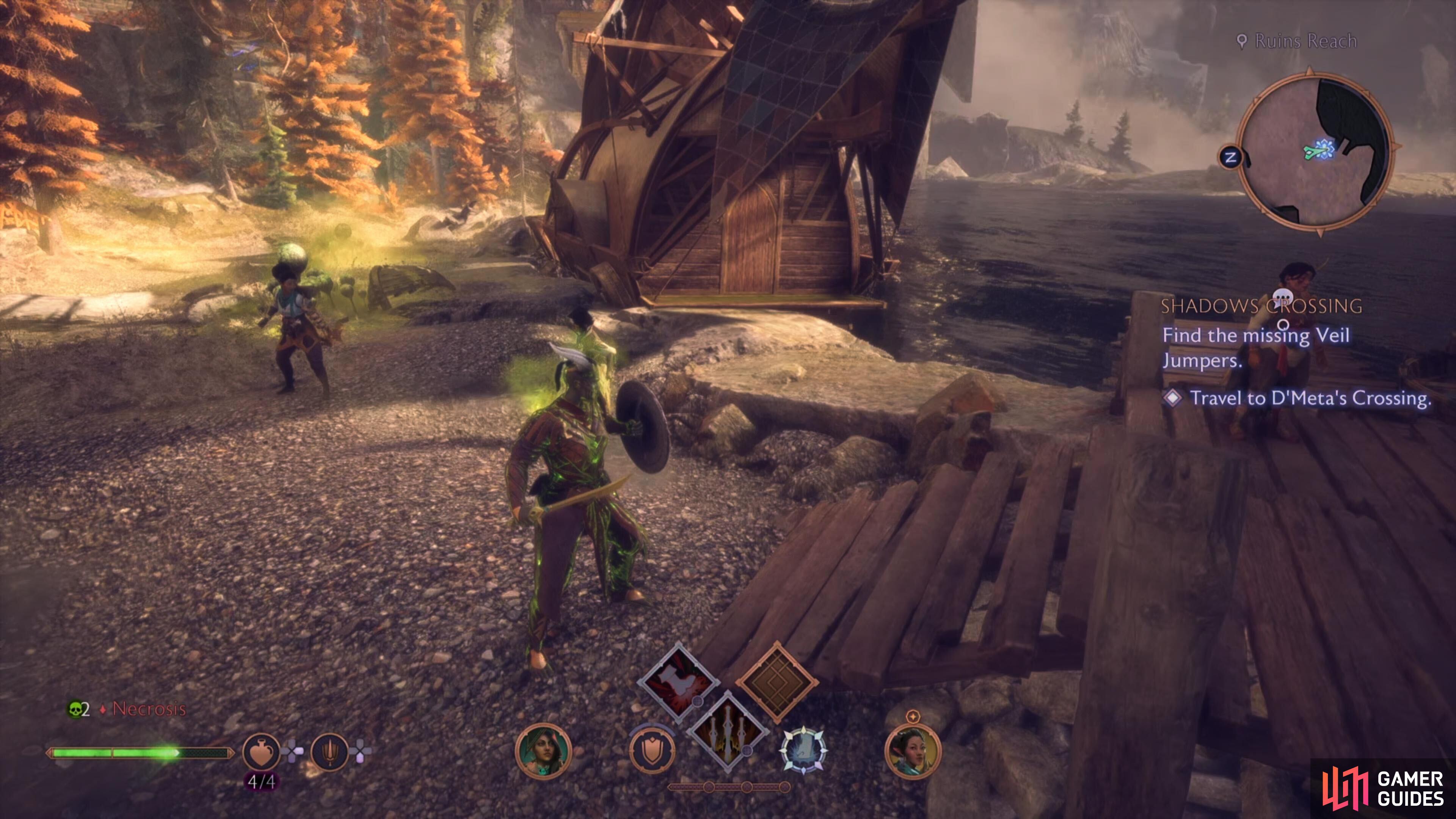
No Comments